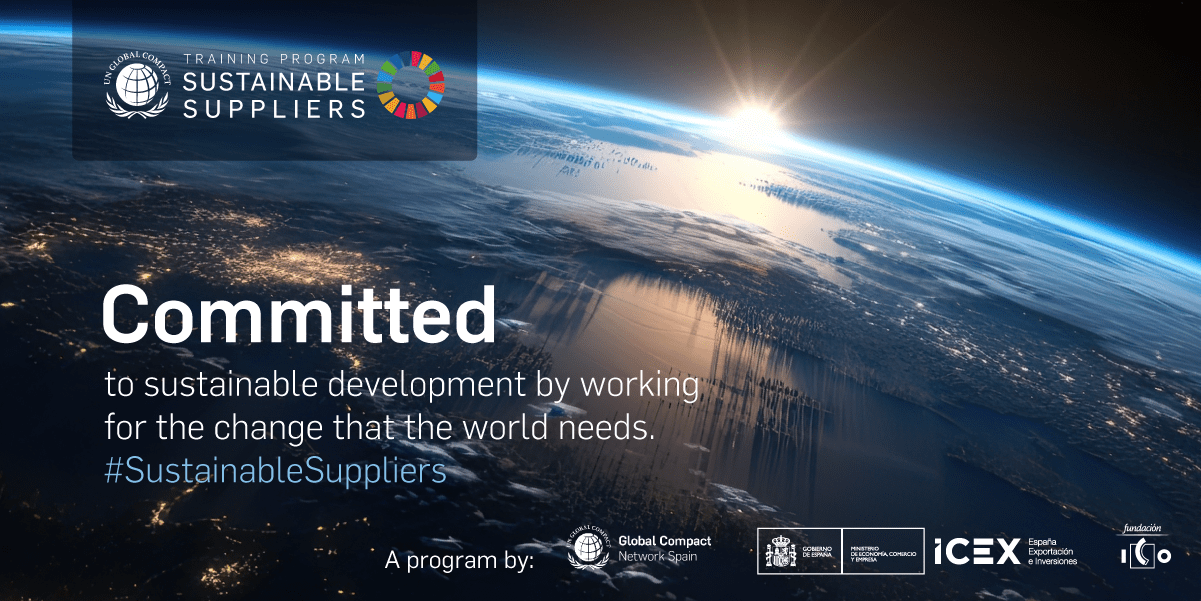It’s well-known that languages cannot be translated directly from one into another. Areas like grammar, prepositions, slang and culture-specific vocabulary amongst other factors contribute to the task that is translating with maximum accuracy. Over the years, inaccurate translations have led to companies facing heavy financial loss due to even the smallest of errors in translation. A notable example is the banking group HSBC, who spent $10 million on rebranding following the poor translation of their slogan “Assume nothing” into “Do nothing”, sending out a completely different message to their clientele.
In recent years, Artificial Intelligence (AI) and its ever-evolving nature has allowed Machine Translation (MT) to translate between languages in a more advanced way, providing quick and fast translations that are cost-effective. Though it’s important to establish the difference between these two technologies and to what point humans can confide in this technology’s ability to deliver translations to the same caliber as an in-person translator.
What’s the difference?
Artificial Intelligence Translations are identified by their ability to turn Machine Translation into a tool that is constantly learning and improving in its delivery of accuracy. The latest algorithms now allow large quantities of data to be consumed, allowing the technology to become more in tune with the intricacies of translation. Consequently, this requires much less human assistance in its programming but not eradicating the need completely.
Machine Translation, known also as automatic or instant translation, translates text via computers without any involvement from humans. It uses three types of translation system to carry them out. These are:
- Rules-based systems: A system that uses a mix of language, grammar rules and dictionaries. These dictionaries are typically specialised depending on what sector the translation is destined for, with results typically being consistent.
- Statistical systems: This system starts completely from scratch and learns to translate by analysing data from the original language and the target language. This system creates translations that read in a more fluent way but are known to be less consistent in their accuracy.
- Neural Machine Translation: This system makes machines learn to translate using one large neural network. This approach is the newest in its league and is a popular choice for researchers and developers as it shows better translation results between two languages than those of the statistical systems.
Quality of translation
Despite great leaps in AI’s ability to improve MT’s accuracy, the system still struggles with everyday writing. This is noticeable in specialised language in law and medical documents, unique words that perhaps don’t exist in another language and the enhanced imagery used in works of literary fiction. With this in mind, the algorithm and the machines it controls naturally require constant input from developers and researchers and is far from being self-sufficient.
As a result, the quality of these translations can never be 100% guaranteed and thus still require the help of translators to go over what MTs have carried out. As humans with experience in various languages, translators are aware of what MTs are incapable of understanding. This includes the aforementioned issues of specialised language, unique wording and imagery in fiction.
Therefore, in-person translators are still necessary in order to go over these nuances which machines are simply not accustomed or able to recognise. The machines are mostly able to successfully carry out the majority of the work, which make the possibility of cheap, fast and quick translations a reality. However, the ability of native speakers, who experience language and emotion daily, can ensure the remaining nuances are successfully conveyed in the final product.
Here at BBLTranslation, we offer a post editing service where our team of native speakers review machine translated texts. We have recognised the importance of delivering accurate translations right from the start and this is reflected in the steps we have taken over the years to ensure this remains at the heart of who we are. To ensure maximum accuracy and uphold our zero-mistake policy, we always recommend human translations.
For more information on what we offer, please view our Services drop-box above.




